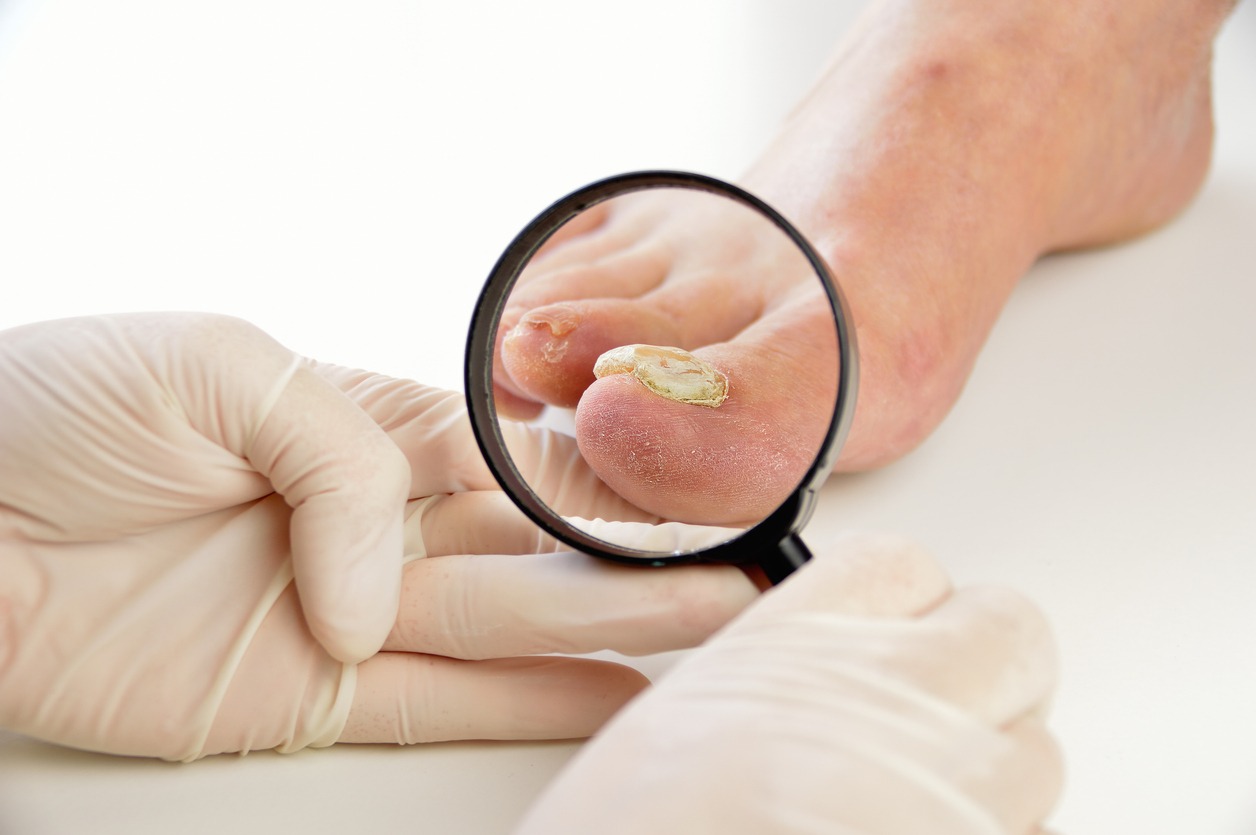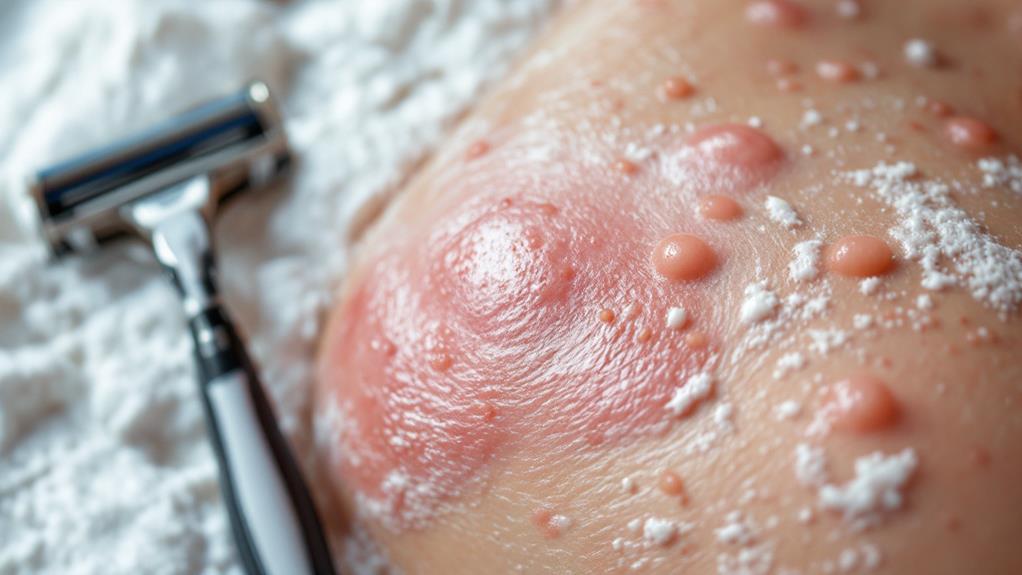Common Gum Diseases and Their Treatments: What You Need to Know
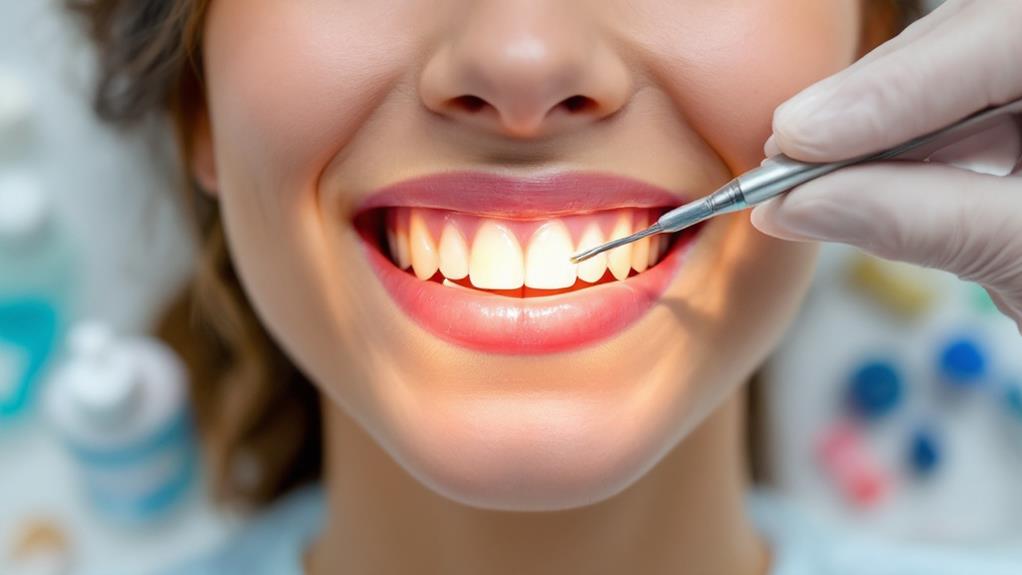
You're looking into gum diseases like gingivitis and periodontitis, which start with plaque buildup and lead to red, swollen, and bleeding gums. It's crucial to detect early signs, such as persistent bad breath, to prevent serious damage like bone loss. Treatment varies depending on severity, from non-surgical options like scaling and root planing, to surgical interventions like flap surgery and bone grafting for advanced cases. Maintaining good oral hygiene with regular cleanings and avoiding tobacco can help keep your gums healthy. By exploring these strategies, you'll uncover how to protect your oral health effectively.
Understanding Gum Diseases
Understanding gum diseases is essential for maintaining oral health. Gum disease, also known as periodontal disease, is a serious bacterial infection that impacts your gums and the structures supporting your teeth. This condition often starts with plaque buildup, a sticky film of bacteria on your teeth, leading to gingivitis, the earliest stage of gum disease. You'll notice symptoms of gum disease such as red, swollen gums, bleeding when brushing, and persistent bad breath. These early signs call for immediate attention.
Early detection is key to preventing more severe issues like periodontal pockets, which are spaces that form between your gums and teeth, and bone loss around your teeth. These conditions can result in tooth instability and even tooth loss if not addressed promptly. Diagnosis and treatment involve a thorough examination, including measuring pocket depths and possibly taking X-rays to assess any bone loss. Treatment options vary according to the severity of the disease. They range from non-surgical methods like scaling and root planing to remove plaque, to surgical interventions for advanced cases. Your proactive approach to oral hygiene and regular dental check-ups can greatly mitigate the risks associated with gum diseases.
Causes of Gum Diseases
In regard to gum diseases, prevention often begins with knowledge. One of the main culprits behind gum disease is the accumulation of bacterial plaque. If you don't remove this sticky film through proper oral hygiene, it hardens into tartar, causing more severe issues. Poor oral hygiene practices are a significant risk factor for gum disease, leading to inflammation and infection.
Other factors also contribute to the development of periodontal diseases:
- Smoking: This habit drastically increases your risk of gum disease and complicates its treatment.
- Hormonal changes: Events like pregnancy or menopause can make your gums more sensitive and prone to disease.
- Genetics: Some people are genetically prone to gum inflammation, making them more susceptible despite good hygiene.
- Chronic health conditions: Issues like diabetes and autoimmune diseases exacerbate inflammation, compromising your immune system.
Understanding these risk factors is essential. By recognizing how habits, genetic predispositions, and health conditions influence gum health, you can better protect yourself from periodontal diseases. Regardless of whether it's quitting smoking or managing health conditions, taking proactive steps can reduce the impact of these risk factors on your oral health.
Symptoms to Watch For
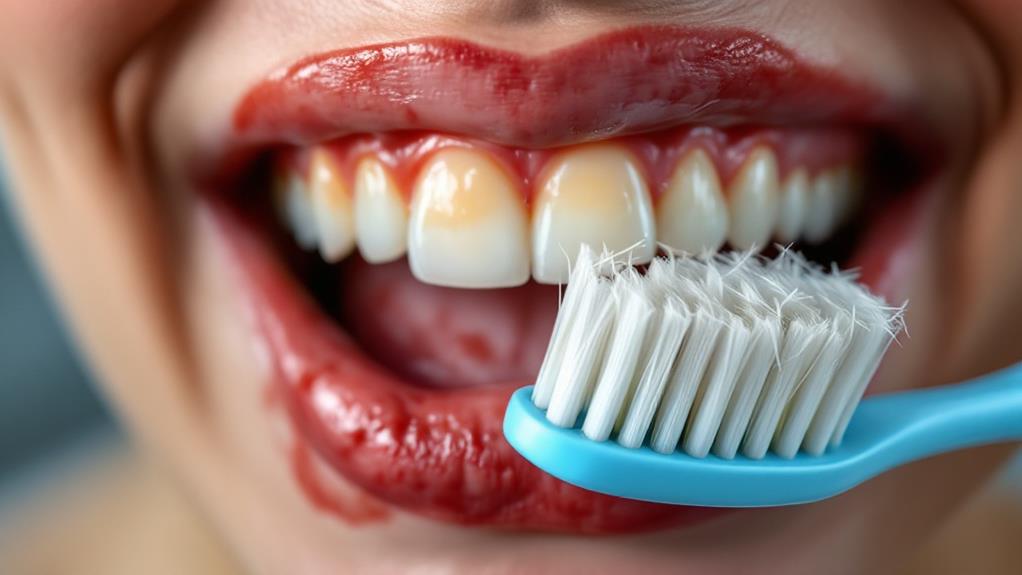
Spotting the early signs of gum disease can make a significant difference in preserving your oral health. Recognizing the symptoms of periodontal issues early on allows you to seek treatment for gum disease swiftly. One of the initial signs you might notice is bleeding gums, particularly when you're brushing or flossing. This bleeding often accompanies red, swollen, and tender gums, a clear indication of potential gum disease.
Another symptom to watch for is gum recession. If your gums start pulling away from your teeth, making them look longer, it could signal advanced gum disease. As the condition progresses, you might experience loose teeth or notice a change in their positioning. This happens because the structures supporting your teeth weaken over time.
Persistent bad breath or a bad taste in your mouth can also hint at an ongoing gum infection. Don't ignore these signs, as they may indicate that your gum disease is advancing. Moreover, pay attention to any changes in your bite alignment or discomfort while chewing, as these are red flags that require immediate attention. Addressing these symptoms promptly guarantees better management and treatment for gum disease, safeguarding your oral health.
Diagnosis Methods
In regard to diagnosing gum diseases, a thorough dental examination is vital. During this process, your dentist will diagnose periodontal conditions by looking for signs of gum disease, such as inflammation and bleeding during probing. They'll use a periodontal probe to measure pocket depths around your teeth. Healthy gums typically have pockets that measure 1-3 millimeters. If deeper pockets are found, it indicates disease progression.
Additionally, your dentist will take an extensive medical history to identify risk factors for gum disease. These may include:
- Smoking
- Diabetes
- Autoimmune diseases
- Family history of gum disease
Dental X-rays are another significant tool in this process. They help assess any bone loss around your teeth, providing visual proof of the disease's extent. For severe cases, a referral to a periodontist might be necessary. A periodontist specializes in diagnosing and treating advanced periodontal diseases and can offer a more detailed evaluation and treatment plan.
Treatment Options
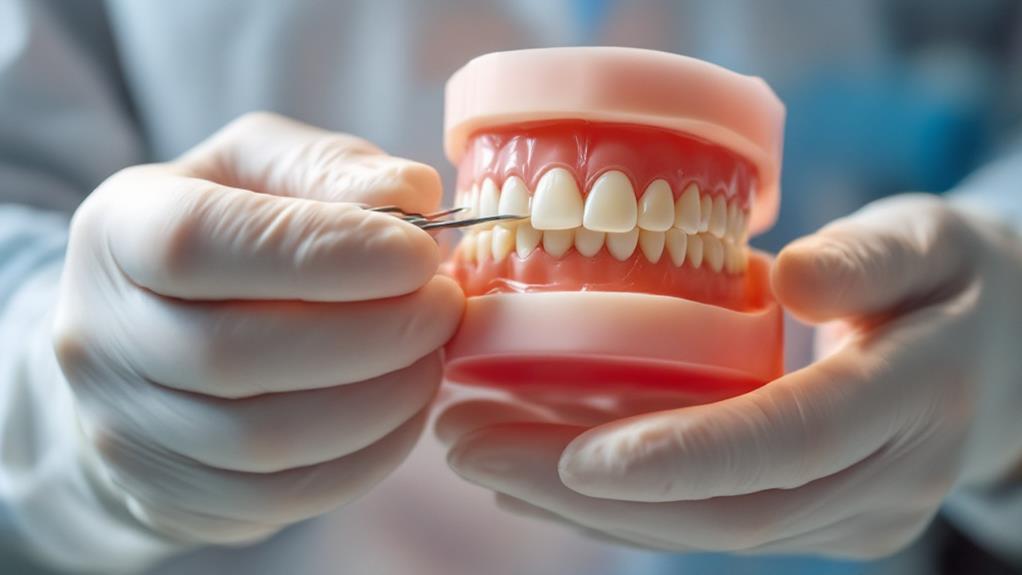
Addressing gum disease effectively involves a range of treatment options tailored to the severity of the condition. For those dealing with periodontal diseases, your treatment plan may start with non-surgical methods like scaling and root planing. This deep cleaning removes plaque and tartar below the gumline, vital for controlling early stages of gum disease. However, if you're facing moderate to advanced periodontitis, surgical interventions might be necessary. Procedures such as flap surgery or bone grafting can be fundamental to restore gum health.
Antibacterial medications also play a significant role in treatment. Your dentist might prescribe topical treatments like chlorhexidine or oral antibiotics like doxycycline to control infection and promote healing. After the initial phase of treatment, maintaining regular professional cleanings every 3-6 months is key to prevent disease recurrence and guarantee ongoing gum health.
Additionally, adopting better oral hygiene practices and making lifestyle changes, such as quitting smoking, can greatly improve the effectiveness of these treatments. Tailoring your treatment plan to your specific needs and committing to these behavioral changes will give you the best chance of overcoming periodontal diseases and maintaining healthy gums long-term.
Non-Surgical Interventions
In the domain of managing gum disease, non-surgical interventions are often the primary line of defense. These treatments focus on reducing inflammation and promoting gum health without resorting to surgery. A foundation of non-surgical treatments is scaling and root planing. This procedure thoroughly removes plaque buildup and tartar from below your gumline, effectively addressing the root cause of gingivitis and periodontal disease.
To support this process, antibacterial medications like topical chlorhexidine or oral doxycycline can be prescribed. These help control bacterial infections, giving your gums a better chance to heal post-cleaning. Regular professional cleanings, scheduled every 3-6 months, play an essential role in keeping gum disease at bay and preventing further progression.
Incorporating antimicrobial mouth rinses into your daily routine can further combat plaque buildup. They're an easy supplement that can make a significant difference in reducing gingivitis. Moreover, behavioral modifications are key to enhancing these non-surgical treatments. Quitting smoking and improving dietary habits are two lifestyle changes that can dramatically promote better gum health.
- Scaling and root planing to tackle plaque and tartar
- Antibacterial medications for infection control
- Professional cleanings every 3-6 months
- Behavioral modifications like quitting smoking
Surgical Procedures

When non-surgical treatments aren't enough to manage gum disease, surgical procedures become necessary to restore oral health. In advanced cases of periodontal disease, these procedures can be essential in preserving your gum health and preventing tooth loss. One common surgical approach is flap surgery. It involves lifting back the gums to remove tartar and smooth the bone surface beneath, effectively reducing pocket depths and promoting healthier gums.
If periodontal disease has led to bone loss, bone grafting might be recommended. This procedure uses your own bone, synthetic materials, or donor bone to replace lost bone and encourage new growth. Over time, this can stabilize teeth and improve gum health.
Tissue grafts are another option, particularly when gum recession exposes tooth roots. By covering these exposed areas, soft tissue grafts not only enhance the appearance of your smile but also reduce sensitivity.
Guided tissue regeneration (GTR) is a technique that places a barrier between gum and bone, stimulating growth where tissue has been lost. Surgical interventions like these are vital when non-surgical treatments aren't sufficient, ensuring the preservation and restoration of your oral health.
Prevention Strategies
Preventing gum disease often hinges on consistent oral hygiene practices. Brushing twice daily and flossing are fundamental in preventing plaque buildup that can lead to gum disease. But there's more to it than just brushing and flossing. Regular dental check-ups and professional cleanings every 3-6 months play an important role in identifying early signs of gum disease and maintaining your overall oral health.
Here's how you can step up your gum disease prevention game:
- Avoid tobacco products: Smoking is a leading risk factor for gum disease, so steer clear for better gum health.
- Use antibacterial mouthwash: This can help reduce oral bacteria and plaque, giving you an extra layer of defense.
- Manage health conditions: Conditions like diabetes can increase susceptibility, so managing them is fundamental.
- Eat a nutrient-rich diet: Your gums need proper nutrients to stay healthy and fight off disease.
These strategies make it easier for you to prevent gum disease. Staying vigilant with your oral hygiene practices and making small lifestyle changes can greatly impact your gum health. Remember, prevention is always better than cure, so take these steps seriously.


